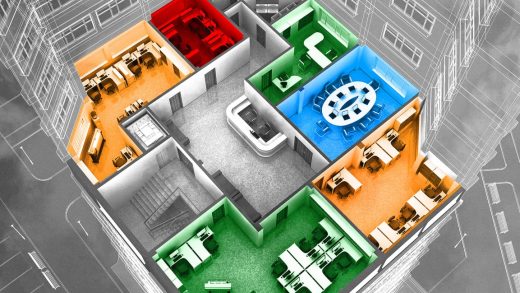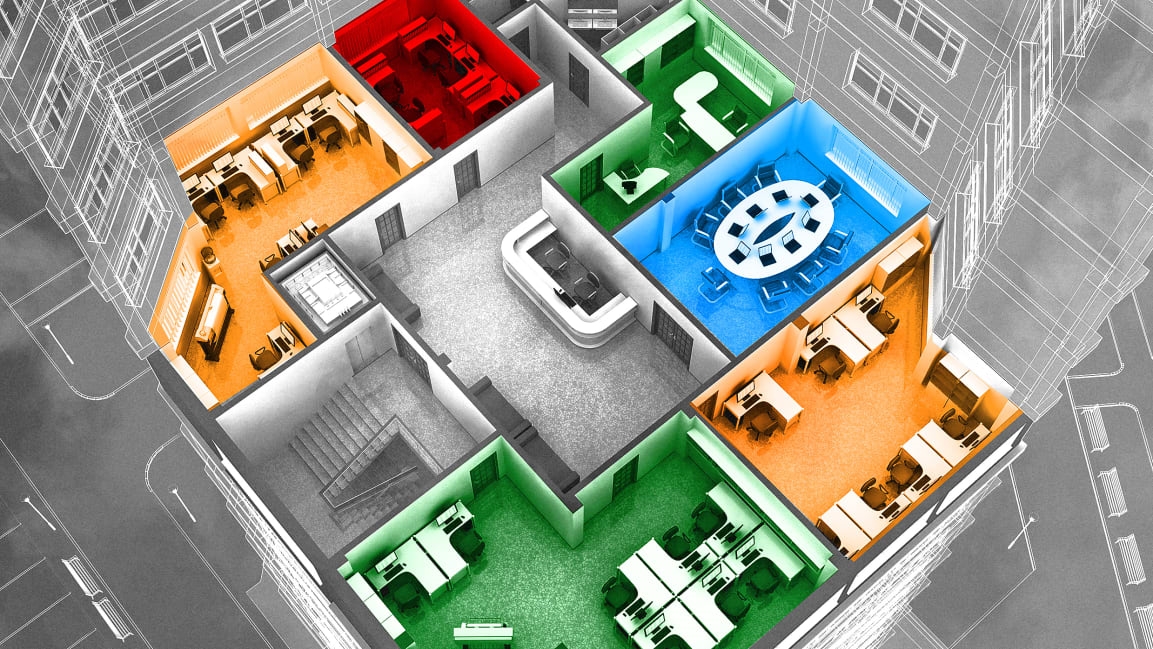This calculator will tell you how much exhaled air is building up in your office
As people sit and talk inside a conference room or huff and puff as they work out in a gym, their exhaled breath accumulates in the air. Unless that space is well ventilated, all that exhaled breath builds up, increasing the CO2 concentration in that space—and worsening the indoor air quality. Exhaled breath accumulates just like smoke, but since it’s invisible, how can you tell how much CO2 is building up in a room? A carbon dioxide monitor would do the trick, but most people aren’t carrying those around. A new online calculator can help you do some estimates instead.
The Omni Calculator Project offers free calculators to help people solve all sorts of problems, from figuring out how much plastic waste they’re generating to deciphering how much money to expect from the child tax credit. Now, the CO2 Breathing Emissions Calculator, created by civil engineer Kenneth Alambra and PhD physics student Dominik Czernia, aims to help people better understand the indoor air quality of all sorts of spaces.
To use the calculator, you specify the type of room you’re trying to analyze—for example, a basement, conference room, theater, or bar—along with how many people are inside, whether it was empty or not before you entered, if the occupants are resting or doing strenuous work, how long you’re in that room, and the room’s dimensions. The calculator then gives you the CO2 concentration as both a percentage of the air and in parts per million (ppm).
“There are data available online on how much CO2 do we exhale in one breath depending on the level of activity: resting, working, exercising, etc. We also know the rate of breathing during these activities, so we can calculate how much volume of CO2 an average person can produce in an hour,” Alambra explains via email. For a 20-foot-by-12-foot conference room in which 10 people are doing “nonstrenuous” work for an hour, the calculator puts the CO2 concentration around 0.15% to 0.24%, or 1,475 to 2,394 ppm.
That’s far below the 5,000 ppm per eight-hour exposure limit as defined by the Occupational Safety and Health Administration or the U.K.’s Health and Safety Executive. But it’s also extremely high compared to the CO2 concentration of outdoor air, which is around 400 ppm. Some experts have used CO2 concentration as a proxy for COVID-19 transmission, since that exhaled breath also contains aerosol particles that could contain the virus. In that case, a concentration that more closely mimics outdoor air is safer.
There’s also still a lot we don’t know about indoor air quality and how CO2 levels affect us. Levels around 1,000 to 2,000 ppm have been associated with complaints of drowsiness, and higher levels with headaches. Some research (though inconsistent) has linked high CO2 levels with worsening decision-making skills for office workers. Monitoring CO2 concentration could also help reduce the risk of respiratory illnesses besides COVID-19, including the flu or common cold, and experts have broadly agreed that fresher air is better for you to breathe than stale indoor air.
Linsey Marr, an expert on the airborne transmission of viruses, previously told Fast Company that she hopes CO2 monitors become more commonplace, even after the threat of COVID-19 has passed; she’s begun carrying one whenever she goes to an airport or even a grocery store. Alambra acknowledges his Omni calculator can’t totally replace a carbon dioxide monitor, but it’s a free and accessible alternative to help people start to understand indoor air quality.
“We hope to make people aware that increased CO2 concentration is not only an environmental problem, but it can affect our health directly,” he says. “Opening a window or door to the corridor once an hour to let some air inside is an excellent solution to lower the dangerous CO2 levels and increase productivity. Maybe our tool will encourage people to breathe in the fresh air more often.”
(63)



